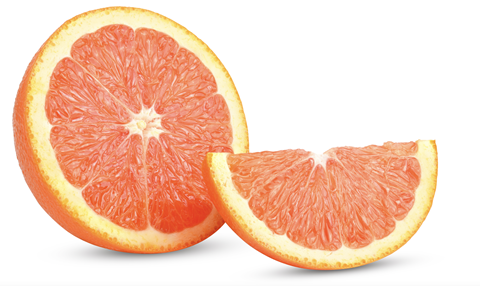The organic Cara Cara orange is a great example of how premium taste can go hand-in-hand with sustainability, according to the It’s Bio project to spread organic values among consumers in Italy, Belgium and Greece

The organic Cara Cara orange, discovered in Venezuela in the 1970s as a spontaneous mutation of the Washington Navel, has won over consumers in Europe thanks to its juicy, sweet flesh, with tangy cherry-like notes, and its significant health benefits due to the presence of lycopene, a powerful antioxidant beneficial for disease prevention and anti-ageing.
According to It’s Bio, a project funded by the EU and the AOP Vi.Va. Group, with the participation of Almaverde Bio, Apofruit, Codma OP, Ca’ Nova, Coop Sole, AOP La Mongolfiera, OrtoRomi and OP Terre di Bari, the Cara Cara orange is available from December to April.
“The organic Cara Cara orange is a perfect example of how a premium taste can go hand-in-hand with sustainability, allowing for careful production that protects biodiversity and the ecosystem,” the group stated. “This is the commitment of the members of the AOP Vi.Va group, who, together with the EU, are at the heart of the It’s Bio project, designed to support and spread the values of organic farming among consumers in Italy, Belgium and Greece.”
Of Italy’s 86,000ha of citrus production, almost 40,000ha is organic, making the country a global leader. Mexico, the second largest global producer, has dedicated only 12,570ha, according to TrueNumbers’ 2019 research.
“Purchasing and consuming organic citrus helps producers and manufacturing companies continue to invest in this sector, crucial for protecting the environment and combating climate change,” It’s Bio stated. “Organic farming, in this sense, is the main resource, even in terms of the market.
”More and more consumers are purchasing organic products for ethical, environmental and health reasons, as shown by the 2024 Image Observatory findings, which highlight a value of €3.8bn in purchases in large-scale distribution, with a value increase of 5.2 per cent compared with 2022 (the highest growth rate in recent years), while volumes remained unchanged.”



